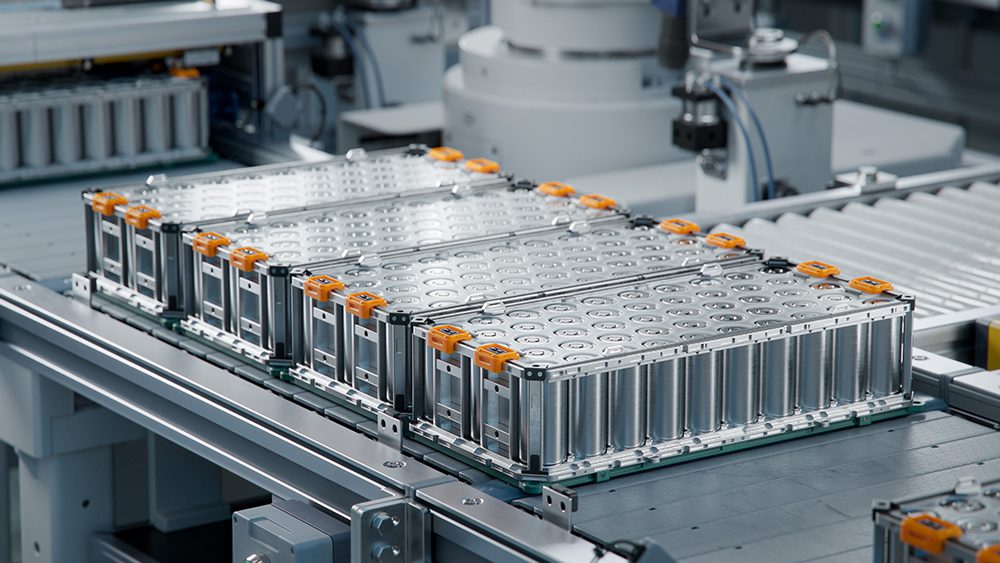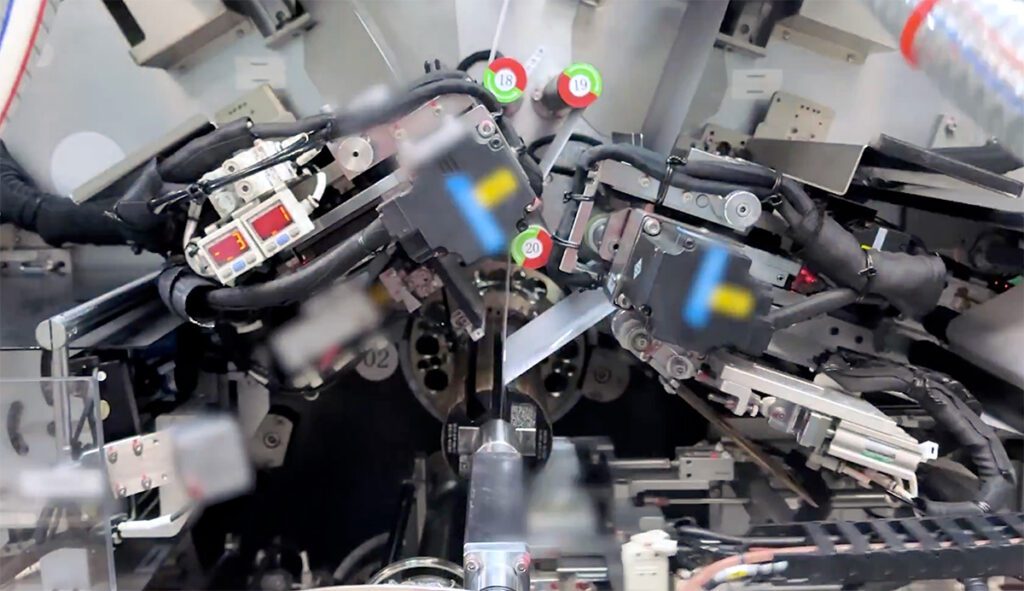KULR Technology Group, an energy management platform company, says it has attained operational readiness for its fractional thermal runaway calorimeter (FTRC), and has a commercial licensing agreement with NASA to use the agency’s patent-pending FTRC solution.
KULR’s new commercial license follows a one-year trial license from NASA, and allows FTRC to be used by companies, such as Lockheed Martin, that want to develop better and safer battery pack designs. The license specifically applies to 18650 and 21700 format cells, and the company says it plans to enable pouch-cell FTRC next month.
FTRC was originally developed by NASA, and was refined by KULR’s engineering team led by NASA alumnus and KULR CTO William Walker. It measures the amount of heat energy released during a thermal runaway event. This helps engineers and designers to better understand these incidents and develop safer ways to mitigate them. It also enables them to more quickly perform testing experiments and to use a variety of trigger methods such as heaters, internal short circuits, and nail penetration to generate more accurate results and, in turn, solutions.
“FTRC is a key part of KULR’s holistic methodology for the design of safe battery systems and amplifies the company’s mission of providing commercially applicable solutions that support the electrification of the circular economy,” said Walker. “Fractional calorimetry has certainly changed the way we understand thermal runaway, and I cannot wait to see what else is revealed to the industry as we continue our explorative studies internally on thermal runaway behavior.”
Source: KULR




















































































